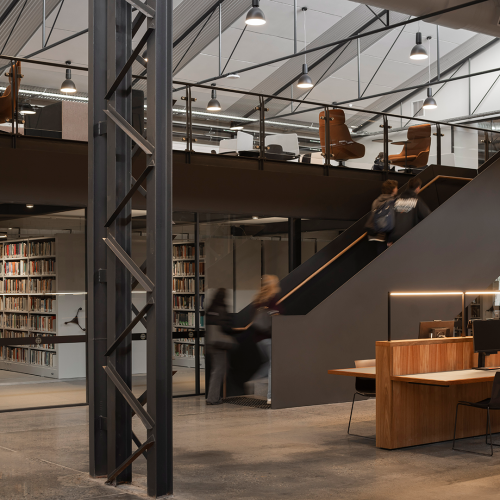The concept of the 20-minute neighbourhood first came to prevalence in 2017, when research indicated 20 minutes (or 800m) was the maximum people were willing to travel to meet their daily needs within their local area.
The idea focuses on the creation of ‘inclusive, vibrant and healthy neighbourhoods’ that are readily adaptable to the changing needs of residents while keeping to this time limit.
And with urban living in a post-pandemic world being more local, compact, pedestrian-friendly and connected, the quality of our neighbourhood and streets are more important than ever. Footpaths will be wider with green spaces accommodating for social distancing.
Planning quality sustainable neighbourhoods that contribute to vital local economies requires the ability to adapt, servicing a diverse range of lifestyles, incomes, and age demographics. This is accomplished through an appropriate mix of land uses, housing types and a walkable design that meets the daily needs of residents and creates a better quality of life.The hallmarks for this concept, as laid out by the Government of Victoria and the Heart Foundation, can be summarised into six main points. The neighbourhoods must:
- be safe, accessible, and well connected, for pedestrians and cyclists to optimise active transport
- offer high-quality public realm and open spaces
- provide services and destinations that support local living
- facilitate access to quality public transport that connects people to jobs and higher-order services
- deliver housing/population at densities that make local services and transport viable
- facilitate thriving local economies.
In our post-COVID world, the ideas outlined in the above framework may be more relevant than ever. The enforcement of gathering restrictions, work-from-home initiatives and reduced travel has emphasised the importance of having our essentials close to home. Even with a gradual return to normality, there is no doubt we are all spending more time in our local areas than before. We have rediscovered our neighbourhoods and, with the ability to work remotely, have begun to realise perhaps that the daily commute may not be necessary. It is therefore critical that we can access facilities that meet our daily needs, as well as having parks and open spaces within close proximity to our homes.
Conventionally, the focal point of our neighbourhoods is the local shopping centre, and despite the changing typology throughout the years, these remain an integral part of our communities. The location of such places where we access our daily needs and spend our free time is critical: because they foster and encourage social interaction, they must be places people want to be.
And ultimately, the places we live directly impact our health. Good planning and the creation of inclusive, vibrant, and healthy neighbourhoods and streets are all at the heart of healthy living. As architects, designers, and planners, if we place emphasis on varying residential and land use typologies, access to parks and ease of commute for residents, we will not only create well-designed neighbourhoods and streets but also healthier communities.
Many interesting streets exist within Subiaco, which has significantly helped in the redevelopment of Hames Sharley’s Subiaco East Master Plan. The redevelopment will maximise the amount of green open space, public access to Subiaco Oval, heritage interpretation and achieve developments of high-quality design in the suburb of Perth, Western Australia. Key considerations of the project have been identifying what is important about this place and how the existing character and stories of Subi East can be conserved and enhanced.






